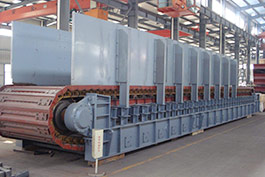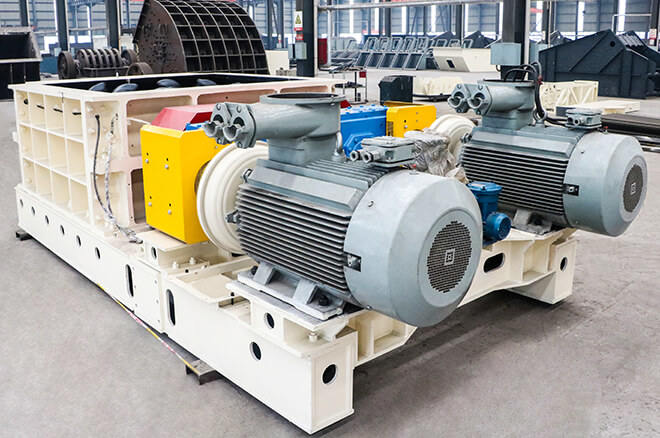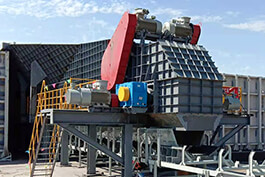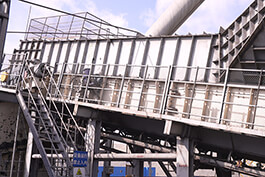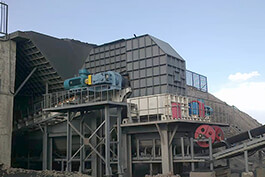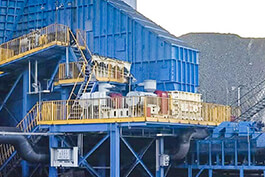Our company's
apron feeder provide two types of pans for customers to select, namely cast pans and welded pans. What are the differences and connections between these two kinds of pans, and what are their respective merits and demerits? The following is an in-depth analysis based on the manufacturing methods of the pans of apron feeders.
Advantages of casting pans for apron feeder:
1. It is capable of manufacturing pans with complex shapes to meet diverse design requirements. For instance, for some chain pans with special contours and internal structures, the casting process can be accomplished relatively effortlessly.
2. The cast pans possess better integrity and consistency, and the internal structure is relatively homogeneous, which contributes to enhancing the strength and stability of the chain pans.
3. During batch production, the cost of the casting process might be relatively low, making it suitable for large-scale production.
Disadvantages of casting pans for apron feeders:
1. Defects such as pores and shrinkage cavities may arise during the casting process, influencing the quality and performance of the pans.
2. The cast pans typically require more subsequent processing, such as cutting and grinding, augmenting production procedures and costs.
3. The production cycle of casting is relatively lengthy, and it takes a certain amount of time from mold making to the finished product.
Advantages of welded pans for
apron feeder:
1. Different materials and thicknesses of pan materials can be flexibly chosen for combined welding to fulfill specific performance requirements.
2. The welding process is relatively straightforward, the production cycle is short, and it can promptly respond to market demands.
3. For locally damaged chain pans, it is more convenient to repair and replace some components.
Disadvantages of welded pans for apron feeders:
1. Stress concentration may exist at the welded joints, affecting the fatigue life and reliability of the pans.
2. The welding quality is significantly affected by the welding process and the technical proficiency of the operator. If the welding is improper, defects such as cracks are prone to occur.
3. The appearance of the welded chain pans may not be as aesthetic as that of the cast chain pans.
The above constitutes the comparative analysis we have conducted of the two forms of pans for apron feeders. Additionally, when choosing the manufacturing process of apron feeder chain pans, factors such as product performance requirements, production quantity, cost, and production cycle need to be comprehensively taken into consideration.


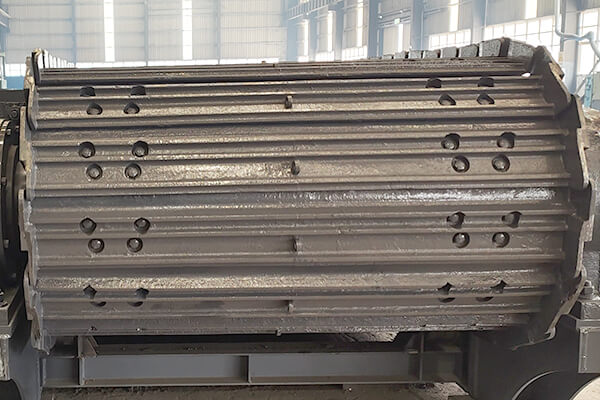
.jpg)
